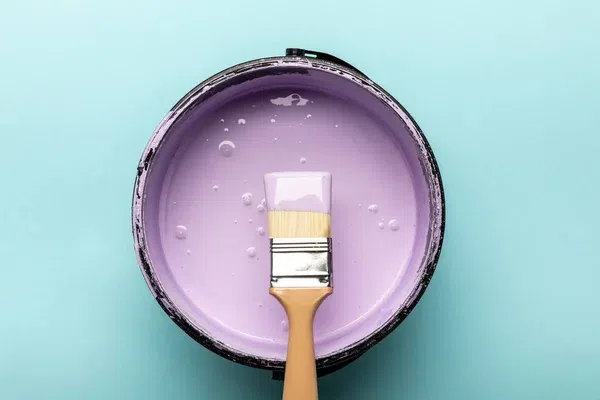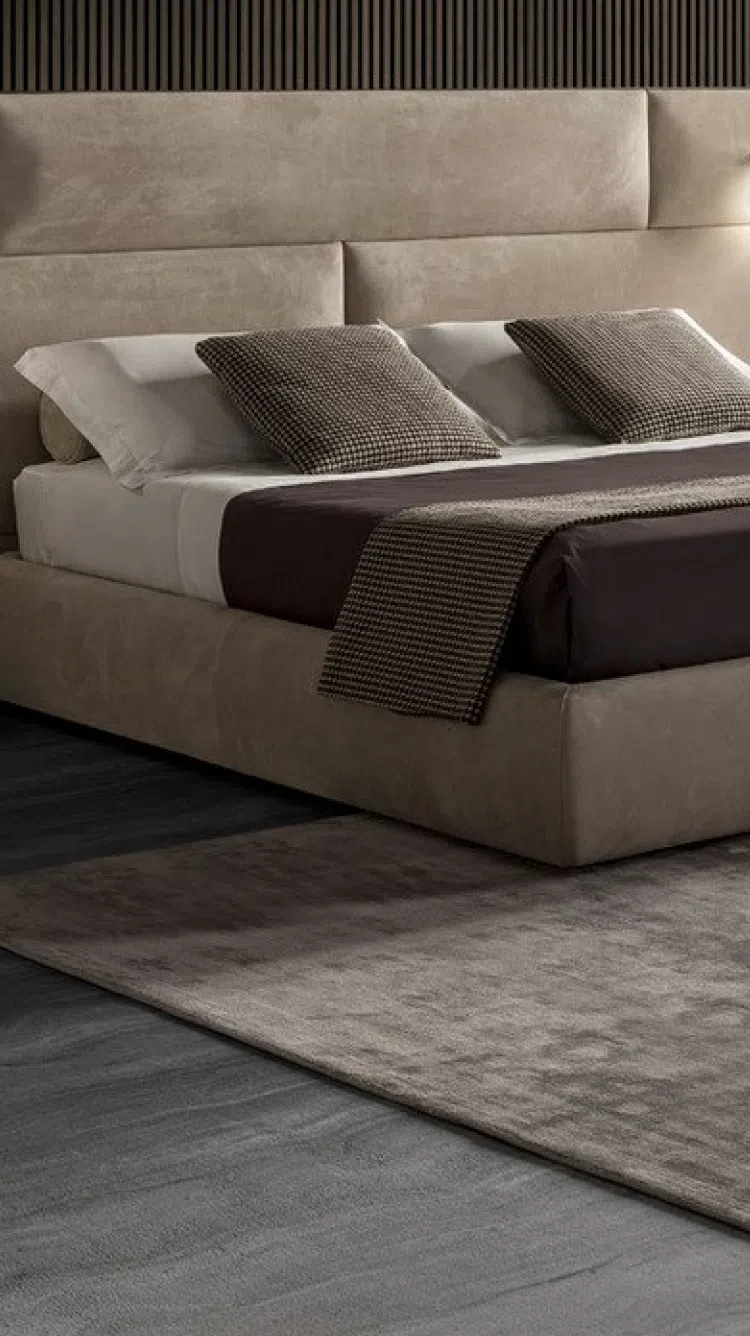
Lacquer paint is a broad term generally used to describe a range of solvent-based coatings that provide a durable and high gloss finish to furniture and other items. Traditionally, it refers to a clear or colored varnish that dries by solvent evaporation and often a curing process that produces a hard, durable finish, usually on wood. The term "lacquer" originates from the Portuguese word "laca," which is derived from the lac, a form of resin secreted by certain insects.
Lacquer paints are made by dissolving a synthetic resin – typically nitrocellulose – but sometimes acrylic, or other plastics, in a solvent that may include volatile organic compounds (VOCs). When the lacquer paint is applied to a surface, the solvent evaporates quickly, leaving the resin to harden into a protective coating.
Types of Lacquer:
Nitrocellulose Lacquer: Made from an ester of cellulose, it provides a high-gloss finish, dries quickly, and is durable. This was extensively used in the automotive and furniture industries until newer, more environment-friendly alternatives became available.
Acrylic Lacquer: Utilizes acrylic polymers and offers improved UV resistance and less yellowing over time compared to nitrocellulose lacquer. It's often used on automobiles and guitars.
Water-Based Lacquer: Common in more environmentally-conscious products, these lacquers use water as the primary solvent, significantly reducing VOC emissions. They take longer to dry and may not be as durable as solvent-based lacquers.
Properties of Lacquer Paint:
Fast Drying: Lacquer paints dry very quickly compared to other finishes, like varnishes or polyurethane.
Hard & Durable Finish: Once cured, lacquer paint creates a hard, durable surface that is resistant to scratches and impacts.
High Gloss: Lacquers are known for producing a high-gloss and lustrous finish, enhancing the natural beauty of the wood grain or achieving a reflective surface on other materials.
Easily Repairable: Unlike some other finishes, small scratches or damages in lacquer can often be repaired without having to refinish the entire piece.
Thinning Capabilities: Lacquer paints can be thinned to achieve different levels of viscosity, making them suitable for both spraying and brushing applications.
Application:
Lacquer paint is typically applied with a sprayer because it is the best way to achieve a smooth, even coat. However, it can also be applied with a brush or a pad. It's important that each layer is thin to avoid drips or streaks, and multiple coats are often used to build up a thicker finish.
Safety and Environmental Concerns:
Lacquer paint's solvents are often hazardous and highly flammable, requiring proper ventilation when in use and careful storage. Prolonged exposure to the VOCs released during application can cause health issues, so safety equipment, such as respirators, is essential when working with lacquer paint. The environmental impact of VOCs also leads to restrictions and regulations on their use, which has driven innovation in creating less harmful alternatives.
Overall, lacquer paint is a useful material for creating a durable, high-gloss appearance but should be used with caution because of the potential health and environmental risks associated with its solvents. Advances in water-based lacquers and other alternatives are making this type of finish more user-friendly and eco-conscious.


